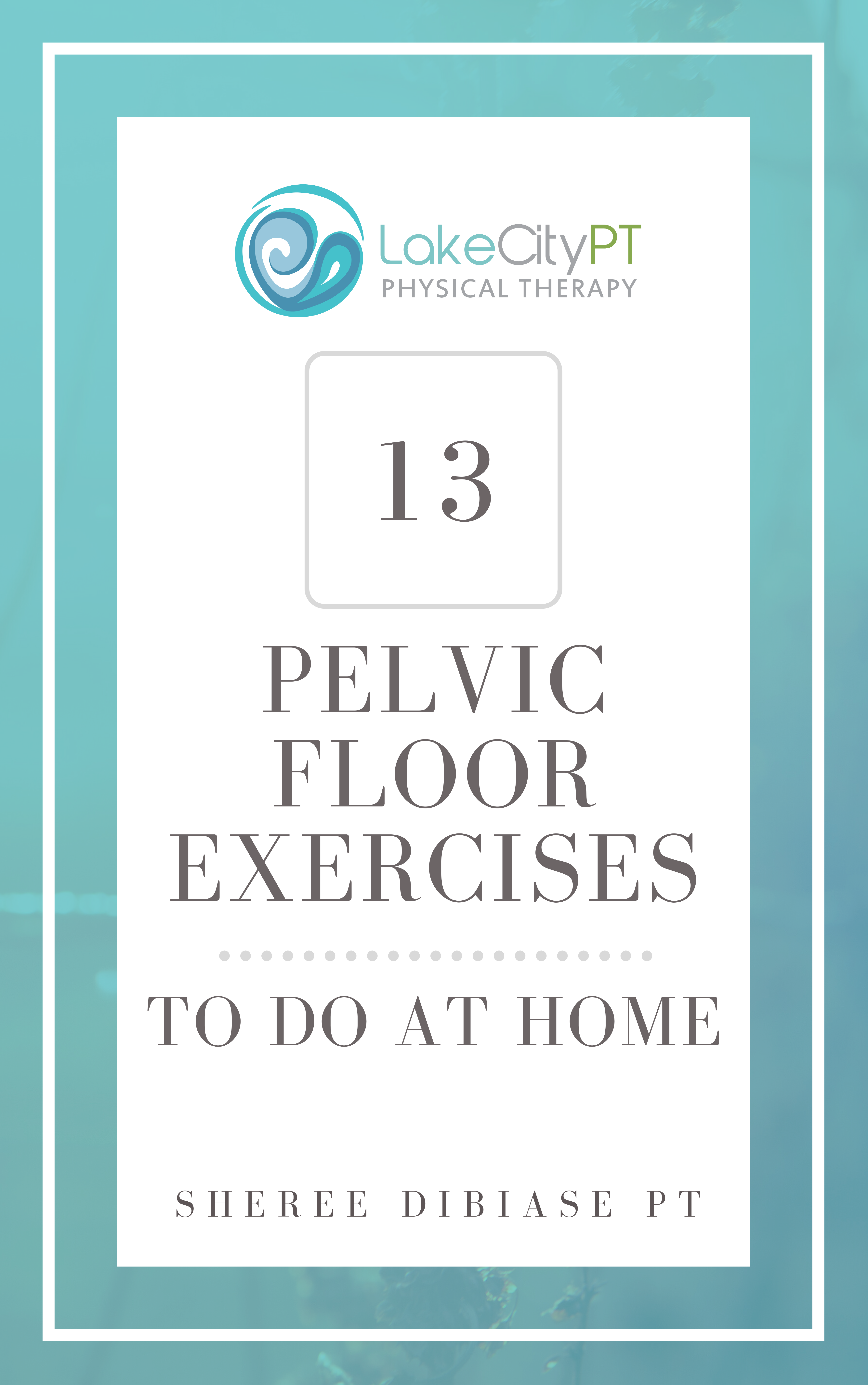Pelvic Pain After Stopping Birth Control
There are many reasons why you might be thinking about stopping birth control. Perhaps, you feel that it’s now time to start trying for a baby, or you might want to give a different type of birth control a try. Some women also experience very unpleasant side effects from birth control, which eventually leads them to stop taking it altogether.
Whatever your personal motivations and circumstances, you need to be aware that giving up hormonal birth control may come with an array of side effects of its own. One of the most frustrating – and, maybe, lesser known – is pelvic pain.
Keep reading to learn more about birth control-related pelvic pain, and what you can do to ease and eliminate it for good.
The Main Types of Birth Control
First of all, it’s important to clarify that there are several different types of birth control currently available to the US population. These belong to two main categories: hormonal birth control, and non-hormonal birth control.
Below are the main types of hormonal birth control options.
Birth Control Pill
Commonly known as “the pill”, this is one of the most popular types of hormonal birth control. Before stopping the pill, you will need to consult with your doctor and make sure that this can be done at any point – including when you haven’t finished a pack or cycle yet.
Generally speaking, though, it’s best to stop taking the pill once you have finished a pack, as this will help you better predict your next period as well as track any potential side effects that you may experience.
IUD
If you are currently wearing an IUD and plan to stop, you will need to make an appointment with your OB/GYN so that they can remove the device safely for you. Once you are no longer wearing your IUD, you can expect to start ovulating in the following three months.
Birth Control Shots
This is another type of hormonal birth control that involves injecting yourself with a specific dose of progesterone to prevent pregnancy. Every dose lasts for three months, which means that once you have stopped you will need to wait for at least another three months – although sometimes much longer – in order to start ovulating again.
Non-Hormonal Birth Control
Are you currently on non-hormonal birth control? In this case, you can stop using your birth control pretty much at any time, as the lack of hormones in these types of devices won’t affect your body’s ability to ovulate.
Can Pelvic Pain Be a Side Effect?
Some of the most commonly reported side effects that may occur once you have stopped your hormonal birth control include:
- Weight gain or weight loss
- Acne and breakouts
- Increased libido
- Irregular cycles and periods
- Cramping and spotting
- Back pain
Another side effect that many women experience is pain or discomfort in the pelvic region. This can be explained in a few different ways. First of all, it could be linked with ovulation.
Being on hormonal birth control – especially for a long period of time – means that, essentially, your body is not ovulating as it normally would. Once you have stopped birth control, however, your body will gradually resume the process of ovulation – although this will likely not happen in a linear, consistent way.
In some women, ovulation causes the so-called mittelschmerz (a German word that means “middle pain”, as in “pain experienced in the middle of the month”). These are cramp-like pains that might extend across your entire pelvic area as well as your lower back.
These pains are caused by the rupture of a follicle which releases an egg and the surrounding fluid, and can irritate your system. In most cases, these pains are nothing to worry about, and a relatively common occurrence in the first few months after you have ditched your birth control.
When It’s Time to See a Doctor
Sometimes, your post-birth control pelvic pain seems to get worse and more intense, and they last much longer than you had expected. If that happens, it’s time to check in with your OB/GYN. This is even more crucial if a few months have passed and you still haven’t had your first period after discontinuing hormonal birth control.
Generally speaking, your cycle should get back on track within three to six months, and your pelvic pain should gradually ease and, eventually, disappear completely. If your pelvic pain is consistent and doesn’t let up, it might not be associated with ovulation.
If that’s what’s happening to you, a visit to your trusted doctor is paramount. Similarly, if you have a history of gynecological problems, such as PCOS, endometriosis, irregular periods, pelvic inflammatory disease, ovarian or uterine surgery, or anything else, you will need to speak with your OB/GYN in order to investigate the source of your pelvic pain.
Can Physical Therapy Ease Your Pelvic Pain?
Once your doctor has established what, exactly, is causing your pelvic pain post-birth control, you will be able to follow a specific course of action that has been designed with you and your needs in mind. In parallel, though, it can help to see a physical therapist who specializes in women’s pelvic pain.
The friendly and professional team at Lake City PT has years of experience in assessing, diagnosing, and treating pelvic pain, as well as creating ad-hoc physical therapy programs for women who experience pelvic pain after stopping hormonal birth control.
Give us a call today and schedule your initial consultation to find out how you can take better care of your pelvic floor muscles, for life.


